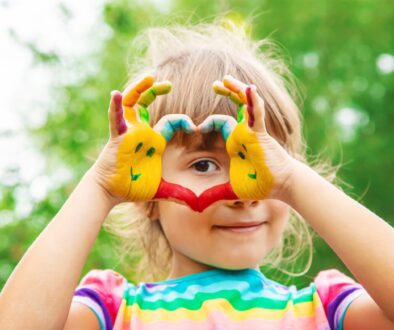Positive Discipline for Little Ones: Teaching with Love and Limits

Parenting a toddler or preschooler can feel like a rollercoaster. One minute they’re snuggling in your lap, the next they’re melting down over the wrong color cup. It’s easy to feel unsure about how to handle all the big feelings and boundary-pushing that come with early childhood. That’s where positive discipline comes in.
What Is Positive Discipline?
Positive discipline is not about punishment. It’s about teaching, guiding, and building connections with your child while setting clear and respectful boundaries. It helps young children learn how to manage their emotions, follow rules, and develop problem-solving skills, all in a safe, nurturing environment.
Why It Works for Ages 0–5
At this stage, children are still learning how to express themselves and what behavior is expected. Their brains are developing rapidly, especially the areas related to impulse control and emotions. Positive discipline works with your child’s development, not against it.
Key Strategies for Positive Discipline
- Connect Before You Correct
Get down to their level. Use eye contact and a calm tone. Kids listen better when they feel seen and safe. - Set Clear, Simple Limits
Use short, age-appropriate phrases: “We use gentle hands,” or “It’s time to clean up.” - Offer Choices
Giving toddlers choices helps them feel a sense of control: “Would you like the red cup or the blue cup?” - Redirect and Teach
Instead of “No hitting,” say, “Hands are for helping. Let’s take a break together and calm down.” - Stay Consistent
Young children thrive on routine and predictability. Gentle repetition helps them learn what to expect.
Positive discipline helps your child:
- Build self-regulation
- Feel safe and connected
- Learn boundaries through kindness
- Grow up with empathy and confidence
And it helps you:
- Feel calmer and more confident as a parent
- Strengthen your bond with your child
- Guide behavior without yelling, shaming, or power struggles
Positive discipline isn’t about being perfect; it’s about being present, patient, and willing to repair when things go sideways (because they will!). With love, limits, and lots of practice, your little one will learn and grow, and so will you.





